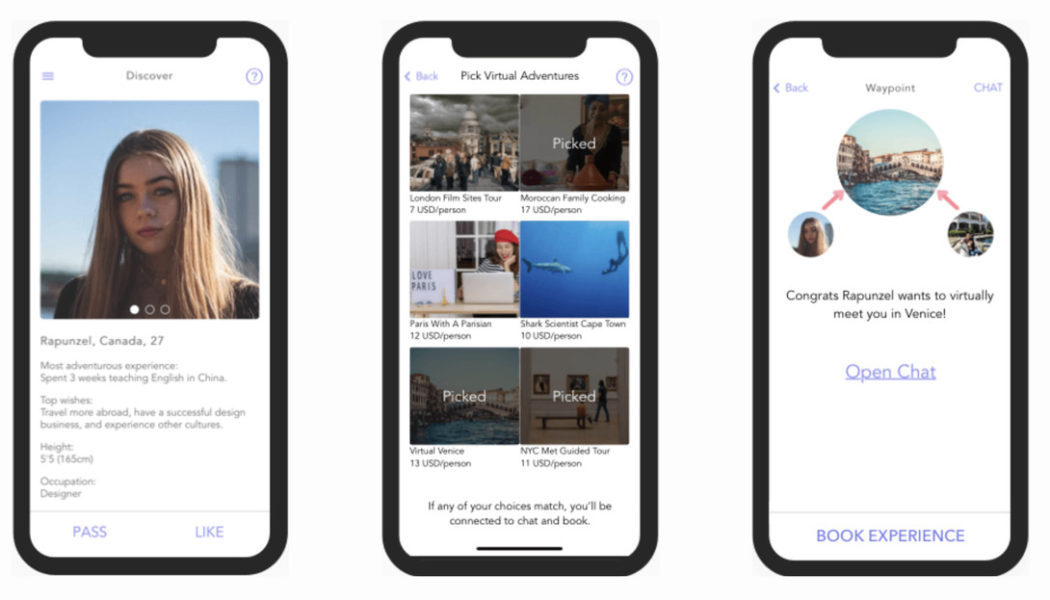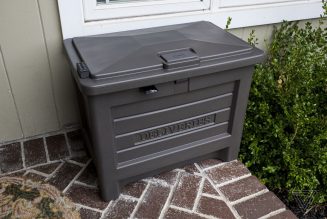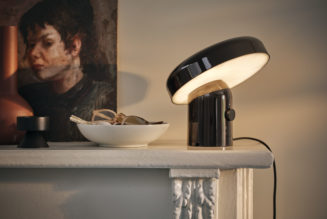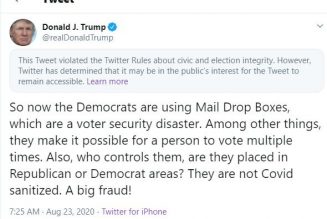Suriyan Ramasami’s first date with the professor from Sacramento was special. After matching on Bumble and texting and FaceTiming for a week, Ramasami suggested they meet in person. He reserved a table at Ruth’s Chris Steak House, drove two hours from the Bay Area to Sacramento, and even bought her a rose. They hit it off and scheduled a second date of hiking and dinner by a lake. It was then that Ramasami disclosed his living situation: “I don’t stay in an apartment or anything. I’m nomadic, and I actually love it.”
At first, the Sacramento professor was curious. But, soon after, she gave him the bad news: she wanted to just be friends. This wasn’t Ramasami’s first time in the “friend zone.” In fact, most of his experiences with online dating apps like Bumble, Hinge, and PlentyofFish played out similarly.
Like Ramasami, many who consider themselves nomadic have tried to find love on the usual dating apps, like Tinder and Bumble, without much luck. Dating apps are generally meant to help you find a partner near you, but for vanlifers, they may not be near any place for too long.
In Ramasami’s case, being “nomadic” means living out of his 2018 Subaru Outback. Especially during the past year, many Americans have foregone apartments and houses for mobile homes like vans, RVs, or, in Ramasami’s case, their cars. Recent studies show that RV ownership increased by 26 percent during the past decade, and sales of RVs broke records in March this year, with over 54,000 shipped to dealers in North America.
Tinder tells us between February 1st and July 1st this year, mentions of “nomad” increased by 23 percent in profiles, while mentions of “RV” and “van” both increased by 8 percent. Still, these users sometimes strike out when they disclose their lifestyle to dates. Most apps use location as a parameter to surface potential matches, and if you’re on the move, that might not be the most accurate way to date. Plus, the apps don’t include a filter for people who move around frequently.
Now, other apps and websites have sprung up to address these issues — and they’re growing in popularity. There’s Nomad Soulmates, a Facebook group for remote workers and nomads to connect and date (the team says they are working on an app that is scheduled to release later this year). There’s Sēkr, an app meant for vanlifers to find community and resources while on the move. Sēkr doesn’t market itself explicitly as a dating app, but says people in the community refer to it as the “Tinder of vanlife.”
:no_upscale()/cdn.vox-cdn.com/uploads/chorus_asset/file/22802963/Screen_Shot_2021_08_24_at_1.33.35_PM.png)
There’s also Fairytrail, a dating app launched in 2019 for remote workers, nomads, and van dwellers. Taige Zhang, a remote worker himself and the founder of Fairytrail, says he initially launched the app as a travel-matching platform, to find people to travel with or share an Airbnb. But over time, he found more people using the app to date, so his team adjusted their strategy. They stopped accepting travel bookings and poured all their resources into the dating functionality.
The app has become increasingly popular among van dwellers throughout the pandemic, Zhang says, with an 1,100 percent increase in the number of Fairytrail profiles that mention the words “van,” “campervan,” or “RV” from February 2020 to July 2021.
Bryce Yates is one such person. He moved into his 1999 Chevy Astro van in November of 2019. He experienced similar problems to Ramasami’s on mainstream dating apps and says he’s struggled to convince people he owns a home but chooses to live on the road. To assure one woman he was seeing, Yates requested his then-tenant let the two of them see the place he was renting out.
“In the back of my mind I’m thinking that if I have to convince someone like this, I don’t think I’ll be dating them for very long,” he says.
Ramasami believes that part of the problem is that as a society, we connect having a house with stability and security. “In general, a person looks for security, and security is tied to being in one place, being able to be a provider,” he says, adding that even though he sees himself as stable, his dates don’t often share the same opinion.
While some vanlifers struggle to get dates because of a stigma against their lifestyle, for others, vanlife has proven to be an advantage, at least in the initial stages of the dating process. “If anything, I feel like I’m more attractive than ever living in my van,” says Amber Hawkins, who started her vanlife journey in a mini school bus about two years ago. Hawkins adds that in her experience, many men on dating apps were fascinated by her decision and expressed a desire to also do something similar.
The challenge, for Hawkins, arises after she has already been on a couple dates with someone. She normally moves cities every season and often finds herself going through “mini-breakups.” For instance, Hawkins is currently in Portland, Maine, and has been going on dates with a man who she likes. “We have so much fun together and I’m like, ‘Oh man, how am I going to break up with this guy, you know, eventually?’” says Hawkins.
Hawkins has a profile on Fairytrail and says she likes the idea of a dating app for remote workers and vanlifers because ultimately, she is looking for someone who shares a similar lifestyle. Yates and Ramasami say they’ve had more success with Fairytrail than with mainstream dating apps because Fairytrail users tend to be more accepting of nontraditional housing situations.
Still, despite the app’s promise of romantic bliss, it doesn’t magically solve nomadic daters’ hurdles.
Though there’s an almost even split between men and women on the app, Fairytrail and other apps dwindle in comparison to the size of mainstream dating apps, which makes the possible dating pool relatively small. For instance, as of July 2021, Fairytrail has a little under 20,000 users, whereas Tinder saw a turnout of 20 million people to use just one particular feature on the app.
Also, because Fairytrail serves remote workers, users often find themselves speaking to someone thousands of miles away, sometimes on a different continent. Ramasami says he recently matched with someone in Portugal. She seems interesting, but realistically, he doesn’t see them meeting in person any time soon.
Plus, Ramasami says most women on Fairytrail are in their 20s. He, 51, doesn’t see himself dating someone that young because he doesn’t know if their priorities would match.
Recently, he did find a woman closer in age, named Amy. He’s planning a trip to Mexico soon and hopes to meet her on his way. She’ll fly into New Mexico around the same time he’ll be passing through, and the two will meet there. For years, Ramasami has ridden alone in the driver’s seat of his Subaru Outback. Maybe, this time around, he can find someone who’d like to ride shotgun.









